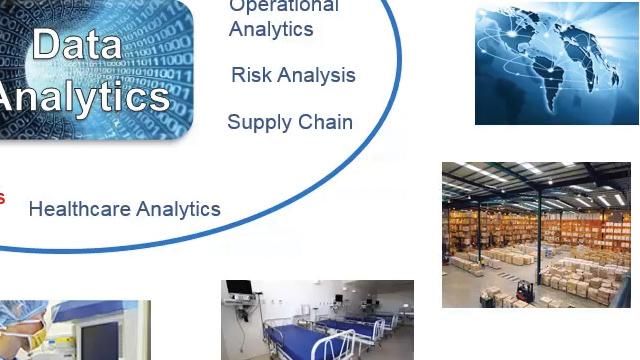Condition-Based Maintenance vs. Predictive Maintenance
Learn about condition-based maintenance (CBM), which is a maintenance strategy based on the current health state of the equipment. The current health condition is computed by an algorithm using sensor data collected from the equipment. According to condition-based maintenance, a maintenance action would be planned only after faulty behavior has been detected.
Learn how predictive maintenance differs from condition-based maintenance. Both maintenance strategies utilize sensor data and algorithms to make informed maintenance decisions and share similar benefits. The key difference is that predictive maintenance deals with prognostics and decides on the maintenance actions based on the predicted future health state of the equipment.
Published: 7 Jul 2022
In this video, we’ll discuss condition-based maintenance, and how it differs from predictive maintenance. We will also share resources to get you started with developing algorithms for condition-based maintenance with MATLAB.
Condition-based maintenance, or CBM, is a maintenance strategy based on the current health state of the equipment. An algorithm computes the current health condition using sensor data collected from the equipment. Unless the current health state indicates faulty behavior, we continue operating the equipment. But if it does, then we schedule maintenance.
The algorithm we use for detecting faulty behavior or failure can vary from simple thresholding to more complex machine learning and deep learning algorithms. Let’s take a look at a simplistic thresholding example. For a machine with rotating parts, we would continuously collect vibration data and monitor it to identify whether it stays within or exceeds some certain safety thresholds indicating faulty behavior. According to condition-based maintenance, we would take maintenance actions only after we detect faulty behavior.
Oftentimes, detecting faults is not as easy as shown in this example. Due to the complex nature of the machine, the data itself is also complex to deal with. For example, if the sensor data for healthy and faulty conditions looked like this how would you differentiate between these health states? And what if you have data from multiple sensors? MATLAB provides tools for extracting features which can be used to train machine learning models for fault detection. For example, using the Diagnostic Feature Designer app you can interactively visualize sensor data and group the data by condition labels, extract features using time-domain methods or frequency-domain techniques and finally rank the extracted features to determine which ones are best at discriminating between normal and faulty behavior. You can then export the selected features to the Classification Learner app to train machine learning models for classification of different types of faults.
There are multiple advantages of condition-based maintenance when compared to reactive or preventive maintenance. CBM helps reduce costs due to unplanned failure and unnecessary maintenance and it also helps reduce downtime by pinpointing the source of faults.
If you’ve also heard about predictive maintenance or PdM, you might be wondering how it’s different from CBM as both maintenance strategies provide the same benefits and utilize algorithms and sensor data to make informed maintenance decisions. The key difference is that in predictive maintenance the maintenance decision is made based on the predicted future health state of the equipment. As opposed to condition based maintenance where we’re analyzing the current health state, predictive maintenance deals with prognostics and lets us estimate when the equipment failure will occur so that we can schedule maintenance far in advance, even before there’s any indication of faulty behavior. This advantage of predictive maintenance comes at a cost. Developing predictive maintenance algorithms requires lots of historical data to create predictive models that can estimate a future failure. For example, with MATLAB you can train remaining useful life algorithms on historical data to predict when the machine failure will occur. As we collect more sensor data and train predictive models with larger data sets, the algorithm provides a more accurate estimate of a future failure.
In summary, condition based maintenance is a maintenance strategy based on the current health state of the equipment whereas predictive maintenance is based on the predicted future health state. Both maintenance strategies help reduce downtime and costs due to unplanned failure and unnecessary maintenance. To learn how MATLAB can help you develop algorithms for condition-based maintenance and predictive maintenance, don’t forget to check out this video. Also, for more resources on CBM and PdM, please visit the links provided in the description.





